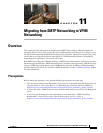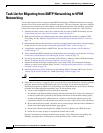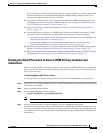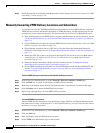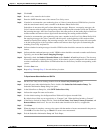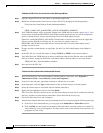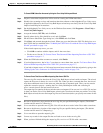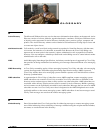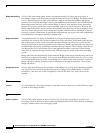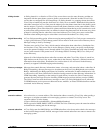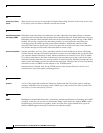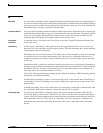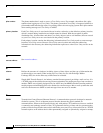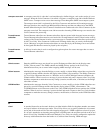
GL-1
Networking Guide for Cisco Unity Release 5.x (With Microsoft Exchange)
OL-13844-01
GLOSSARY
A
Active Directory
The Microsoft Windows directory service that stores information about objects on the network. Active
Directory consists of a forest, domains, organizational units, containers, and objects. Different classes
of objects can be represented in Active Directory including users, contacts, groups, computers and
printers. The Active Directory schema can be extended to add attributes to existing object classes and
to create new object classes.
administrative calls
Calls made by a node in an Octel analog network to populate its NameNet directory with the name,
voice name, and extension of a subscriber on another node. Because the Cisco
Unity Bridge can
represent one or more nodes in the network, it places administrative calls to populate its NameNet
directory. You can configure a schedule per Octel node on the Bridge server to control when it makes
administrative calls to the node.
AMIS
Audio Messaging Interchange Specification. An industry-standard protocol supported by Cisco Unity
that provides an analog mechanism for transferring voice messages between different voice messaging
systems.
AMIS Networking
A Cisco Unity networking option. Allows messaging between Cisco Unity and other voice messaging
systems that support the Audio Messaging Interchange Specification analog (AMIS-a) protocol.
Cisco
Unity and the other voice messaging systems maintain separate voice mail directories with no
directory synchronization.
AMIS subscriber
A representation in Cisco Unity of subscribers on an AMIS-compliant, remote messaging system.
AMIS subscribers are created in Cisco
Unity to enable Cisco Unity subscribers to find them in the
directory and to send messages to them as they would to any other subscriber. AMIS subscribers are
associated with a delivery location and are stored as contacts in Active Directory. Mailbox greetings
and voice names can be individually recorded for each subscriber. Messages that are sent to an AMIS
subscriber are sent via a Cisco
Unity server that is designated as the AMIS bridgehead server to the
applicable mailbox on the remote messaging system. AMIS subscribers do not have messages stored
locally. Their messages are stored on the remote messaging system.
B
blind addressing
One of the methods that Cisco Unity provides for addressing messages to remote messaging system
users. Blind addressing allows addressing of messages without having the recipient mailbox number,
text name, or recorded name in the directory.



